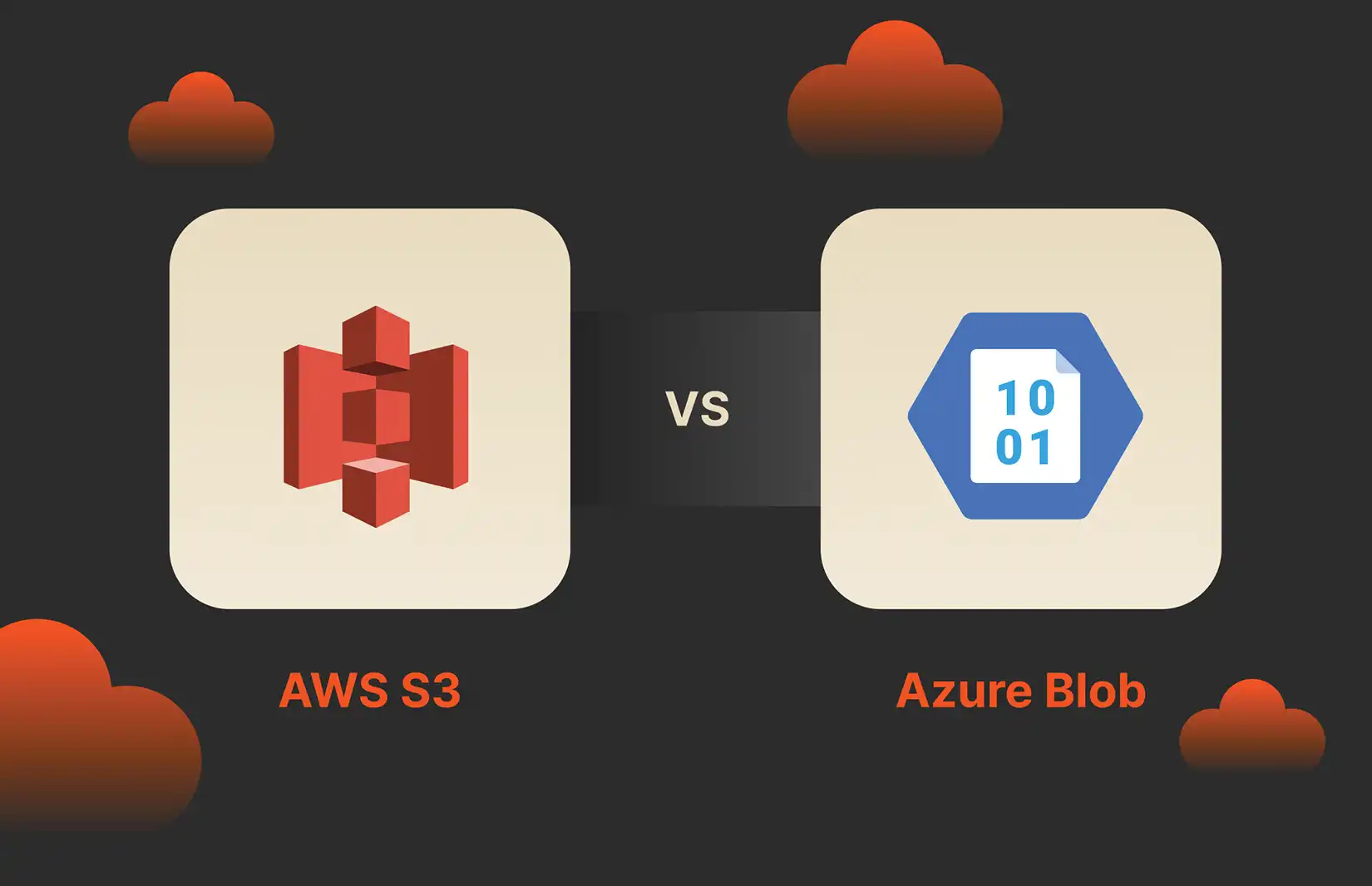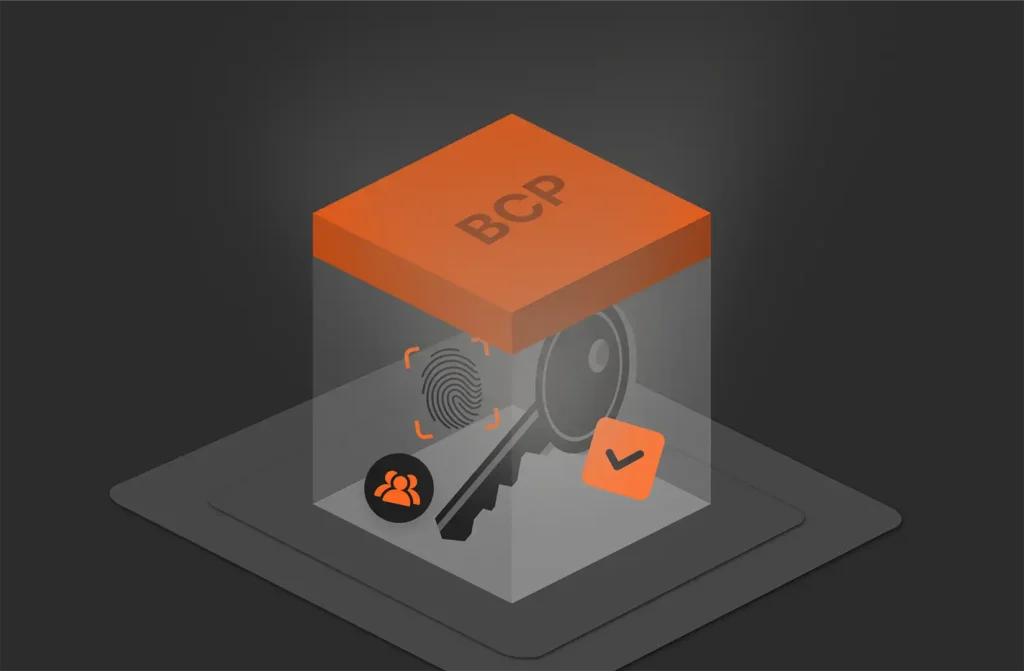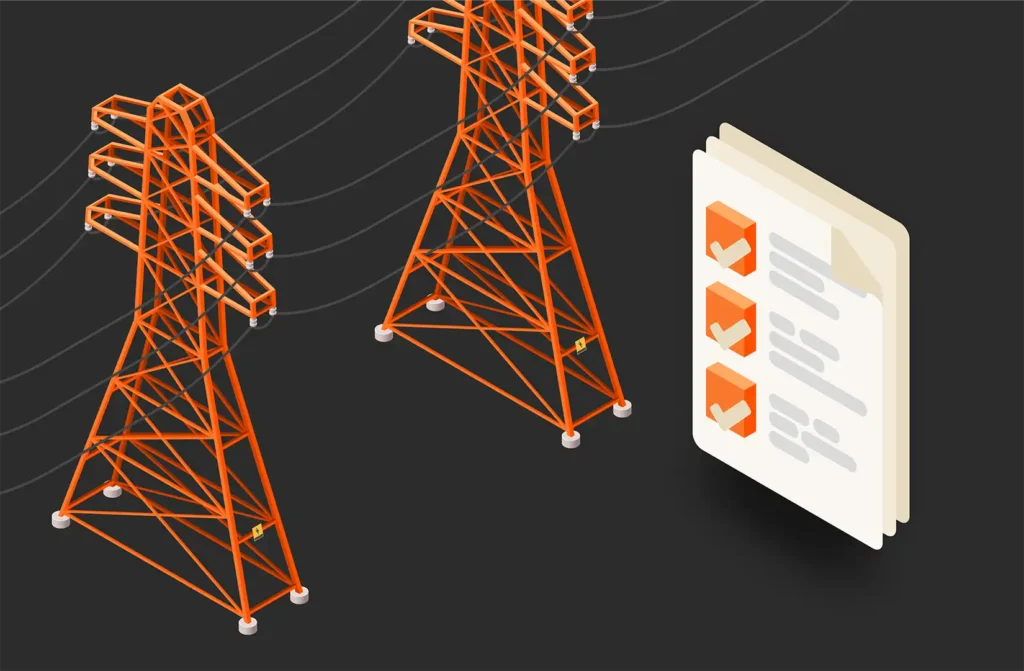Summary
AWS S3 and Azure Blob are two types of cloud storage. While they work similarly, the biggest difference between them is their pricing.
When organizations store terabytes of data, saving it in the cloud can be a considerable infrastructure savings. AWS S3 buckets and Azure Blob are forms of cloud storage that can scale as an organization grows. They both work similarly to a local storage drive from a user and application perspective, but each has its own advantages and disadvantages.
What Is Amazon S3?
Amazon Simple Storage Service (S3) is a type of cloud computing storage used for saving files, images, database files, and any other data. If you can store data on a local device, you can also store the same data on an S3 bucket. An S3 bucket is especially useful for archives where businesses need large storage silos with a long retention time.
Corporations choose AWS S3 when they need to lower infrastructure costs and make stored files available to remote services and users. Other AWS services (e.g., databases) can also work well with S3 buckets since they’re hosted on the same cloud provider. The advantage of cloud storage is that administrators can set the bucket to automatically scale and add capacity as it’s needed.
Meet Azure Blob, the S3 Equivalent in Azure
Microsoft Azure Blob is also a cloud storage service, but it’s mainly targeted to organizations using an Azure environment for infrastructure. Like S3, Azure Blob can function in a hybrid environment where administrators use it as network storage for users and applications. For example, if an organization uses a cloud-based Azure database, then working with Azure Blob might be more convenient.
Azure Blob and AWS S3 work similarly, but they work with their own API. If an organization wants to work with scripting that controls an Azure Blob from an API, then the code to do so will differ from S3 API scripts. Organizations already in an Azure environment might find working with the API easier than the AWS API.
Feature Comparison: S3 vs. Azure
The biggest difference between AWS S3 and Azure Blob is pricing. The pricing you get depends on your payment plan and the storage tier. The type of access also determines pricing. For example, archive files don’t need frequent access, so a lower tier with low pricing for infrequent access on Azure or AWS would be a good choice.
Azure Blob works well with an environment using Active Directory (AD). AD is a form of network identification and security, so administrators can more easily control user access from the AD console. AWS has identity and access management (IAM), which works with AD too, but requires much more administrative configurations.
Pricing Comparison
Price is often a deciding factor for organizations, and Azure Blob can be less expensive if an organization does not need highly available and frequently used data storage. Archives could sit for years on an Azure Blob without many requests for access, so an organization can choose a pricing plan at this tier. Pricing is higher for both services when data is frequently accessed and accessible by an application or user.
AWS S3 is generally higher priced, but pricing depends on the type of access. Regions have different pricing as well; pricing in a US region will be more expensive than in other lower-cost regions. For the first 50TB in a standard pricing tier, AWS is about $0.023/GB and Azure Blob is about $0.0184/GB.
Use Cases and Scenarios
Cloud storage can be used for any data, but it’s mainly used in environments where scaling is essential as more data is generated within the organization. Organizations hosting databases in the cloud might prefer using AWS S3 or Azure Blob resources. The database can grow to a massive scale, and the cloud storage device will expand as necessary.
Databases, applications, analytics, and AI-based data are all good examples of use cases for cloud storage. Using cloud storage as a backup in case of disaster recovery when local resources are destroyed (e.g., fire or flood) is also a good use case. Organizations under strict regulatory compliance for audit trails and long data retention archives can use cloud storage to keep large data backups available for years without the expensive costs of physical local storage.
Conclusion
Choosing between AWS S3 and Azure Blob usually comes down to your current environment. If you already use Microsoft services, Azure is intuitive and integrates well with Active Directory. Organizations with AWS already integrated might prefer to work with AWS. Although AWS works with Microsoft environments, the Azure dashboard will be more intuitive for Windows administrators.
Pure Storage has solutions for any environment. Check out FlashBlade® for unstructured data storage and Pure Protect™ //DRaaS for on-demand disaster recovery as a service.

BUYER’S GUIDE, 14 PAGES
Reevaluating Your Virtualization Strategy?
Explore your options in our guide to modern virtualization.
Try FlashBlade
Take a free test drive.







